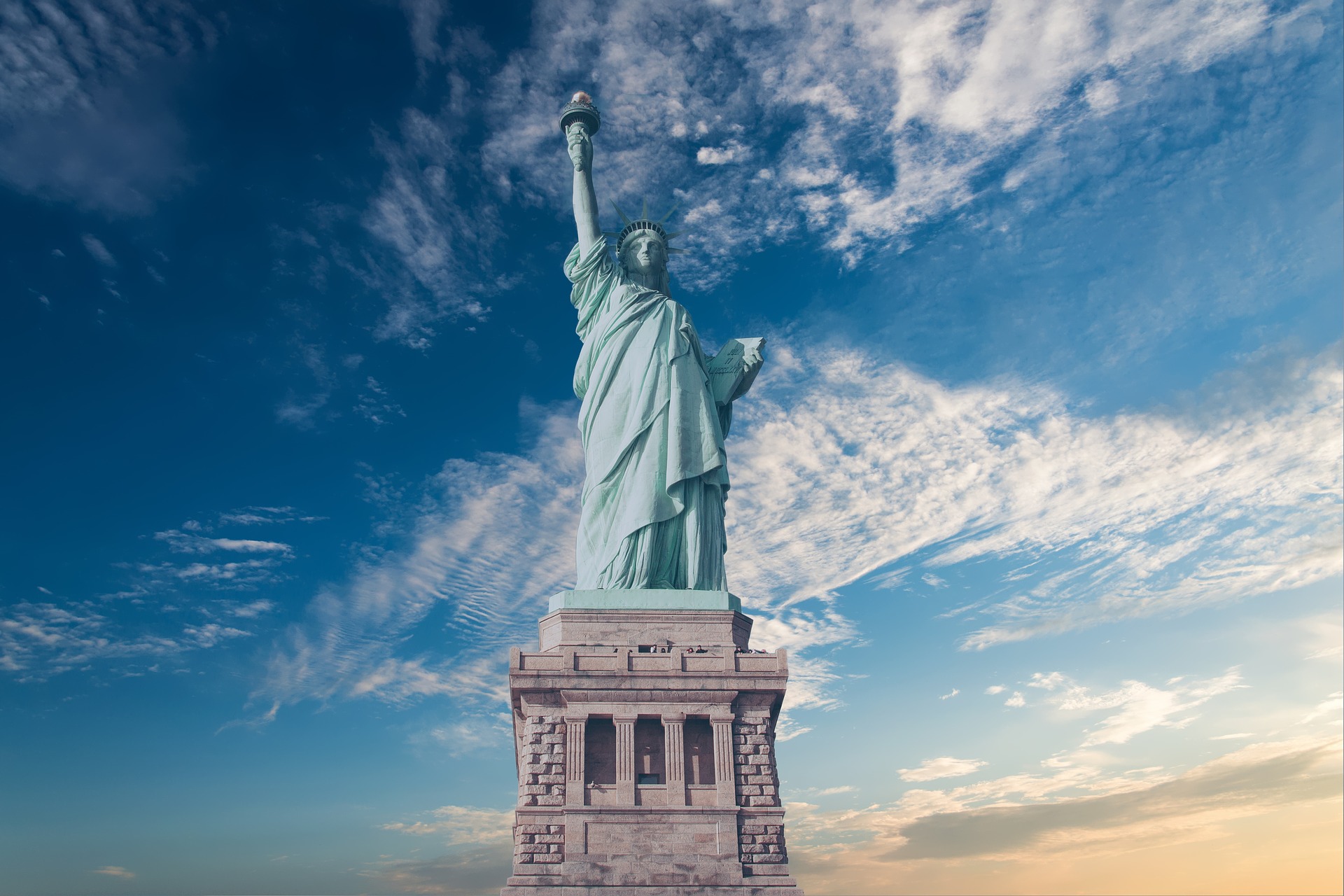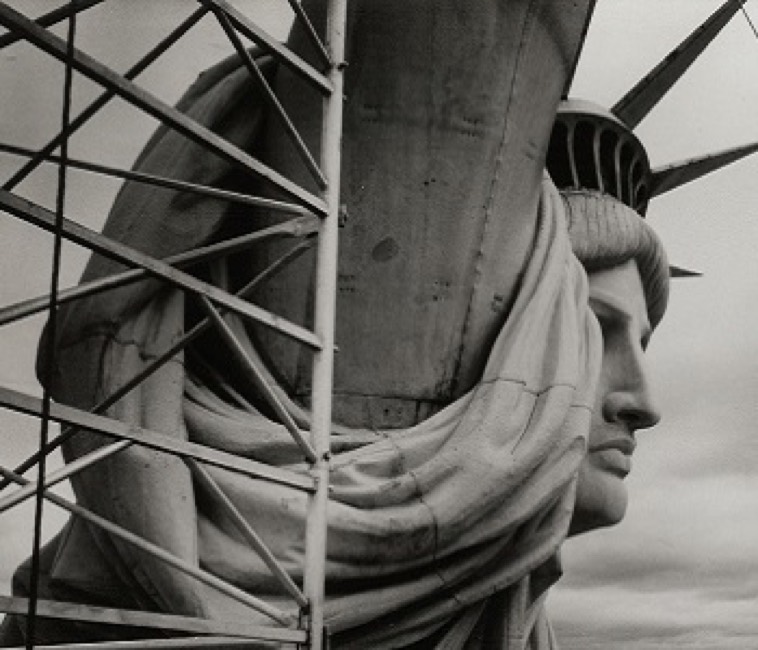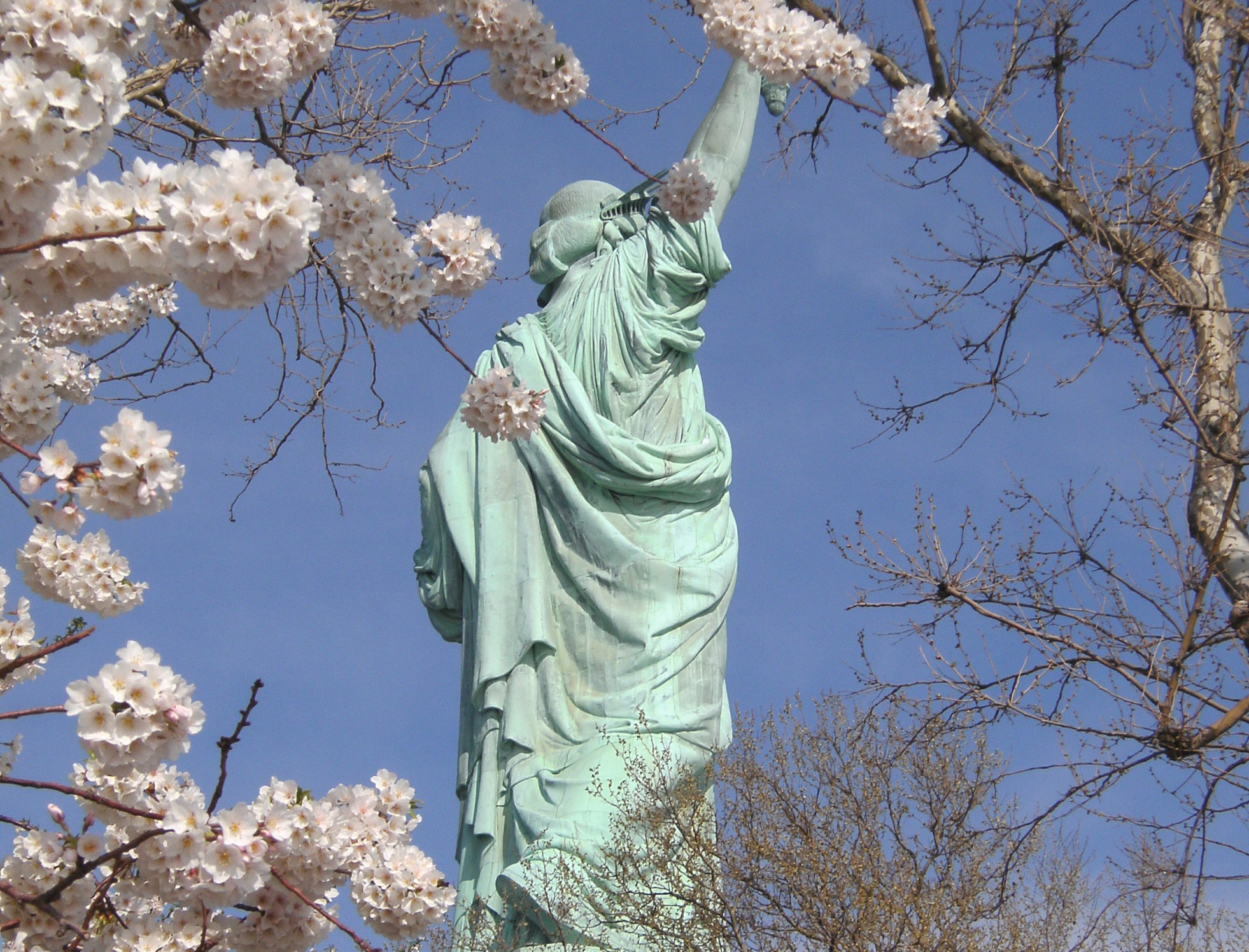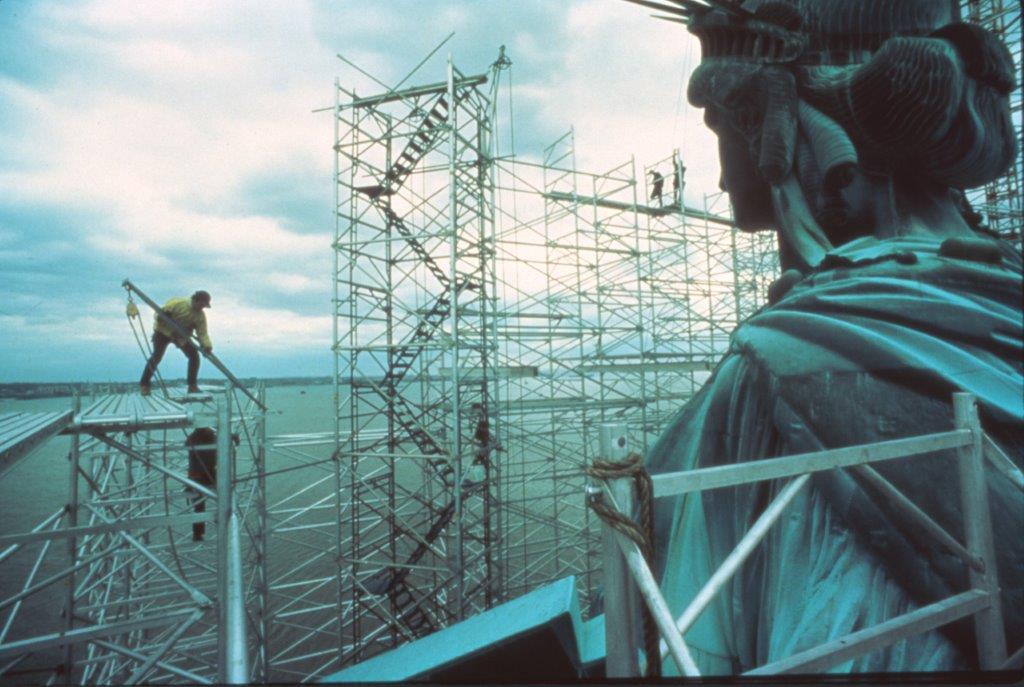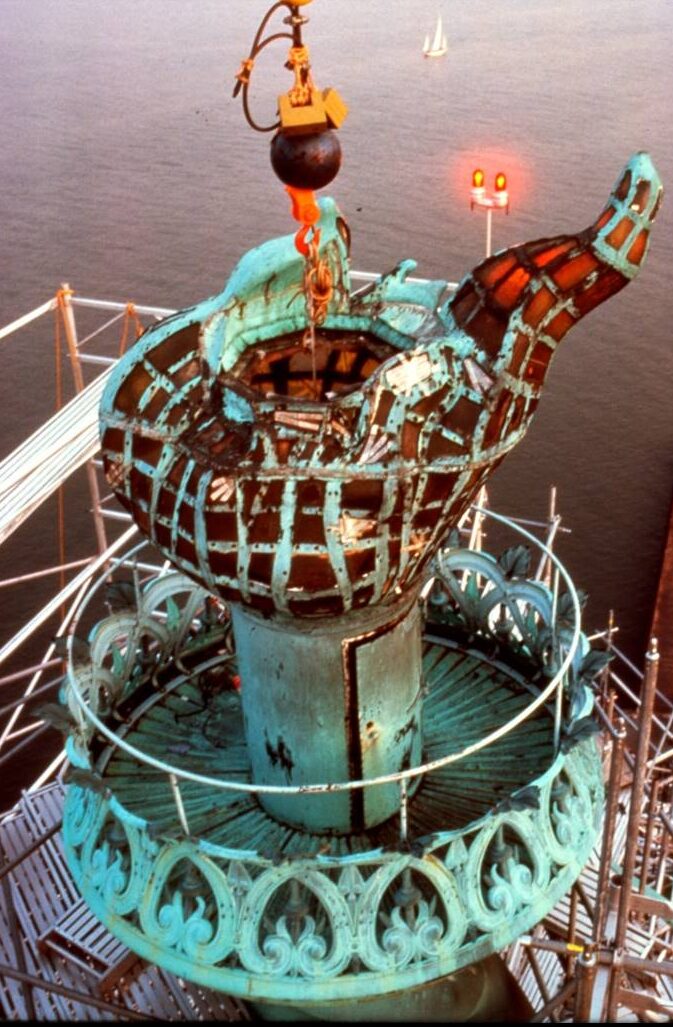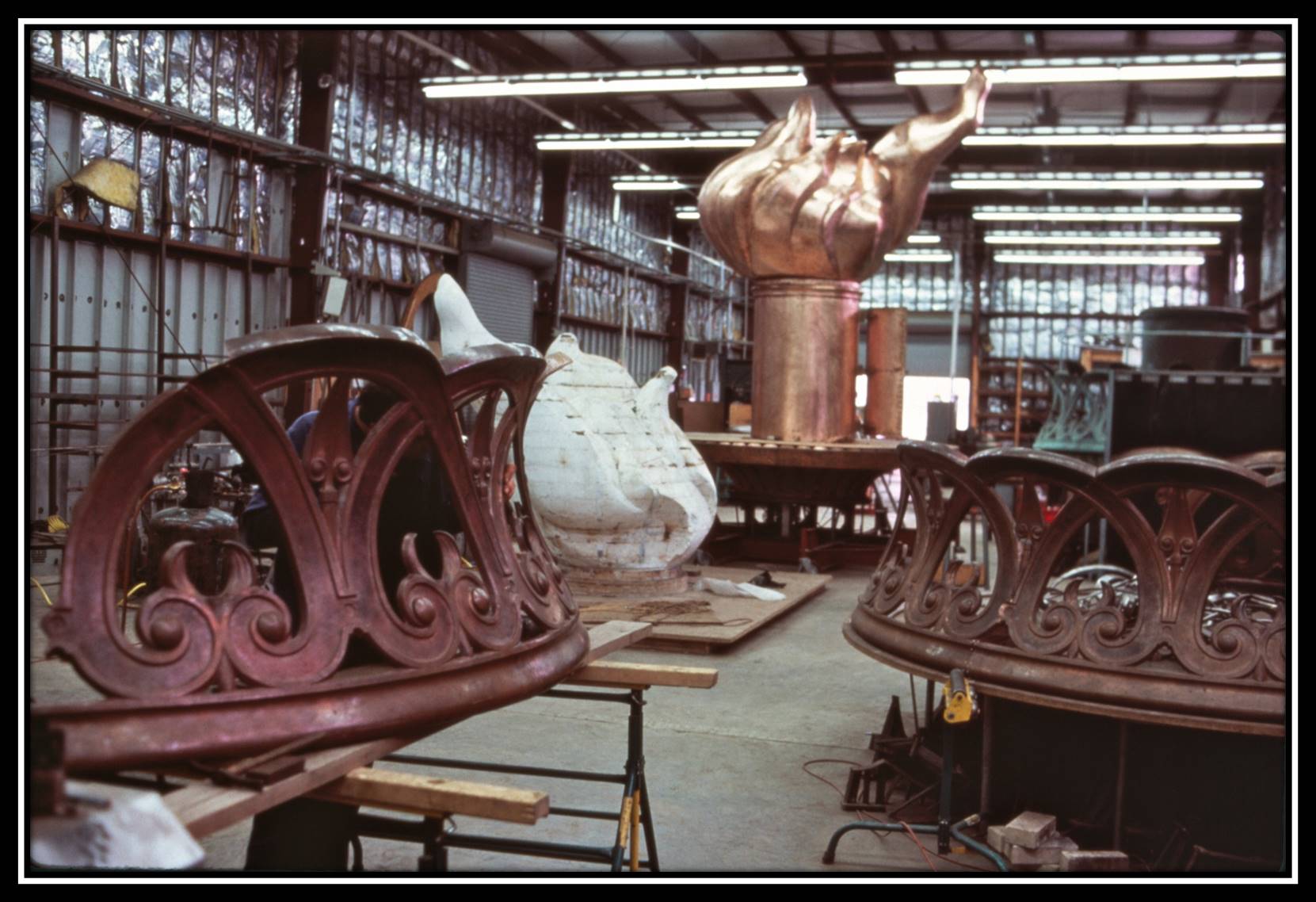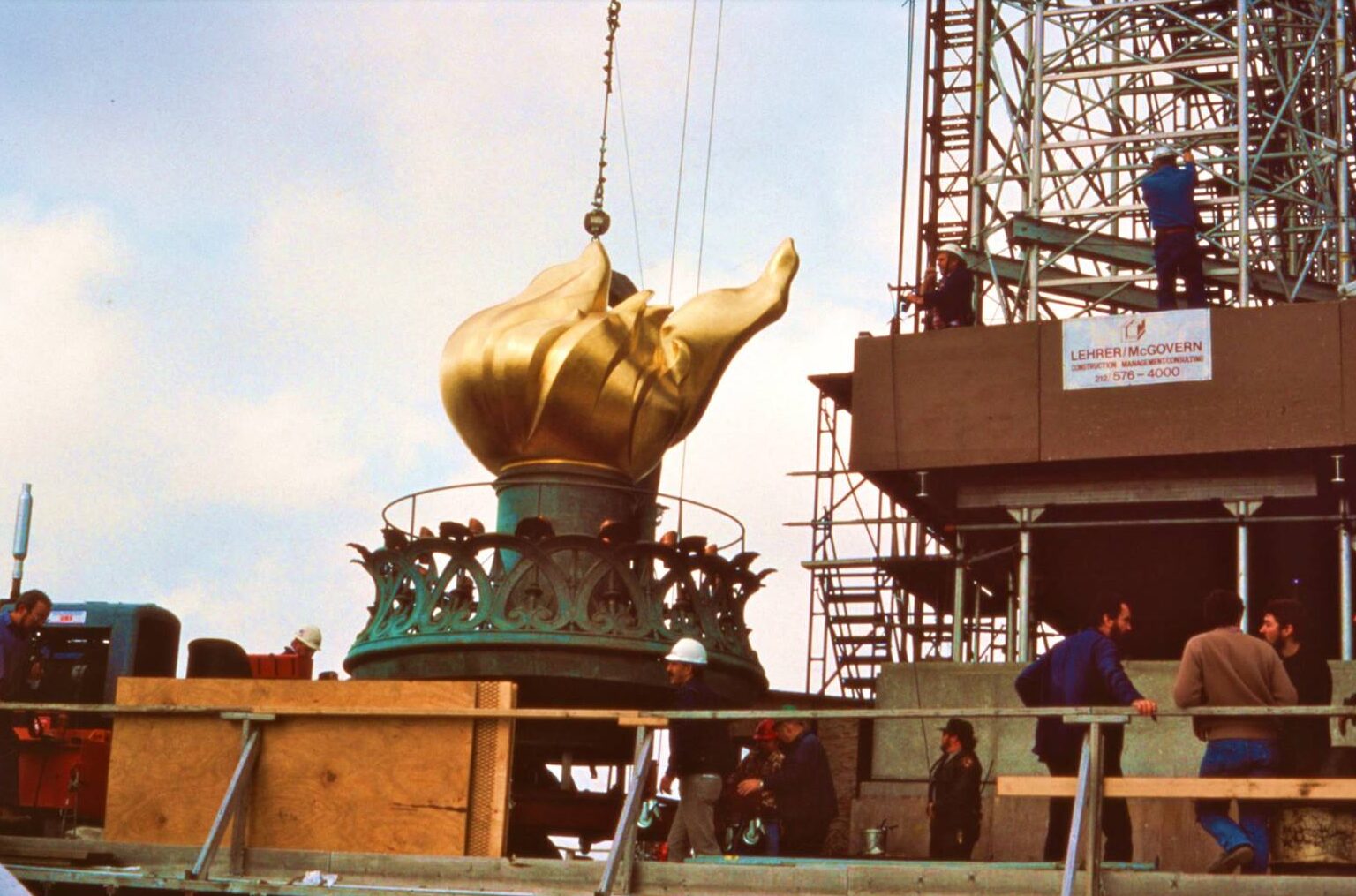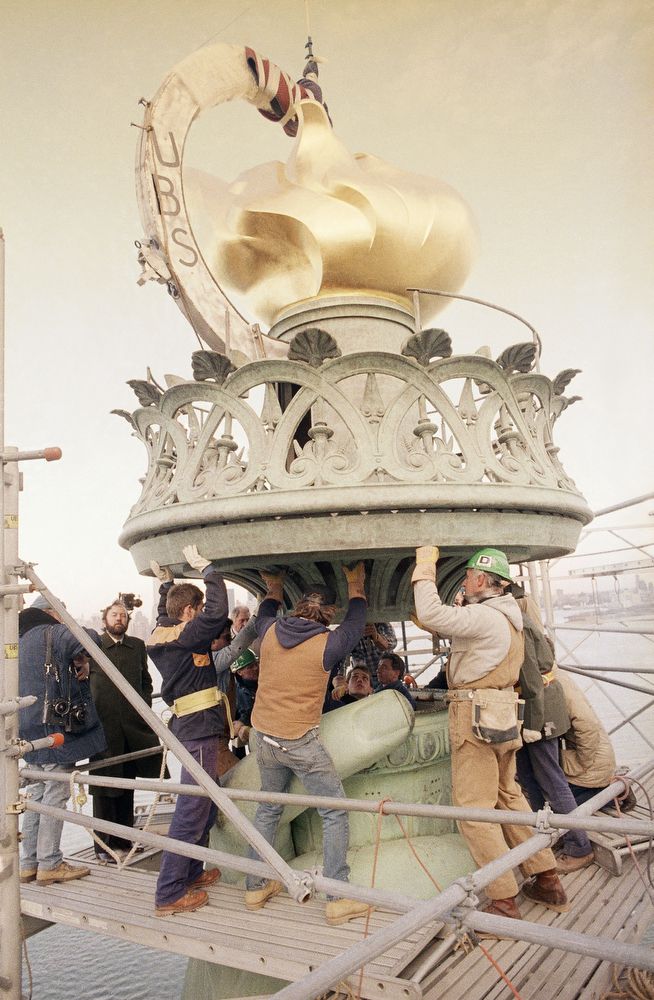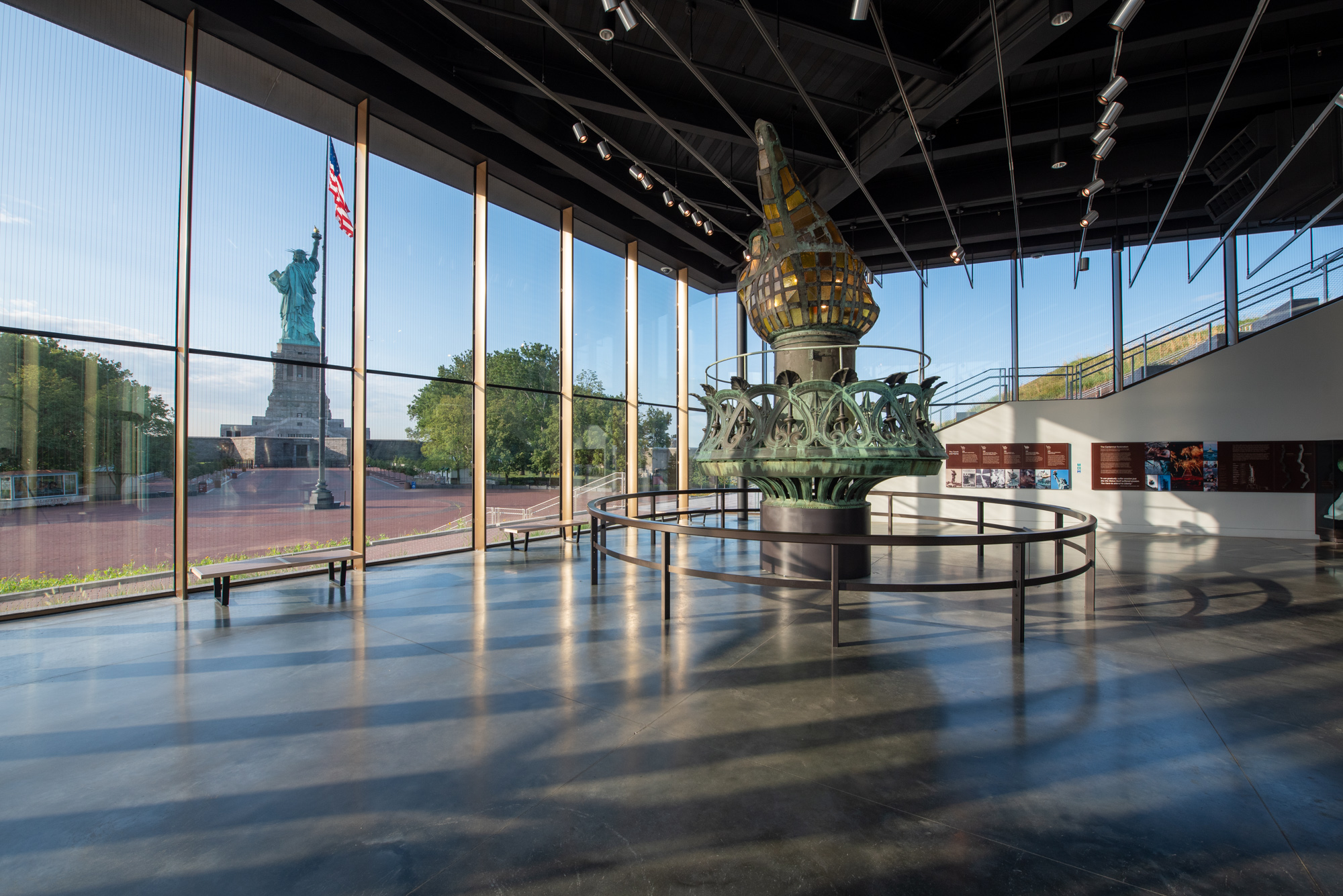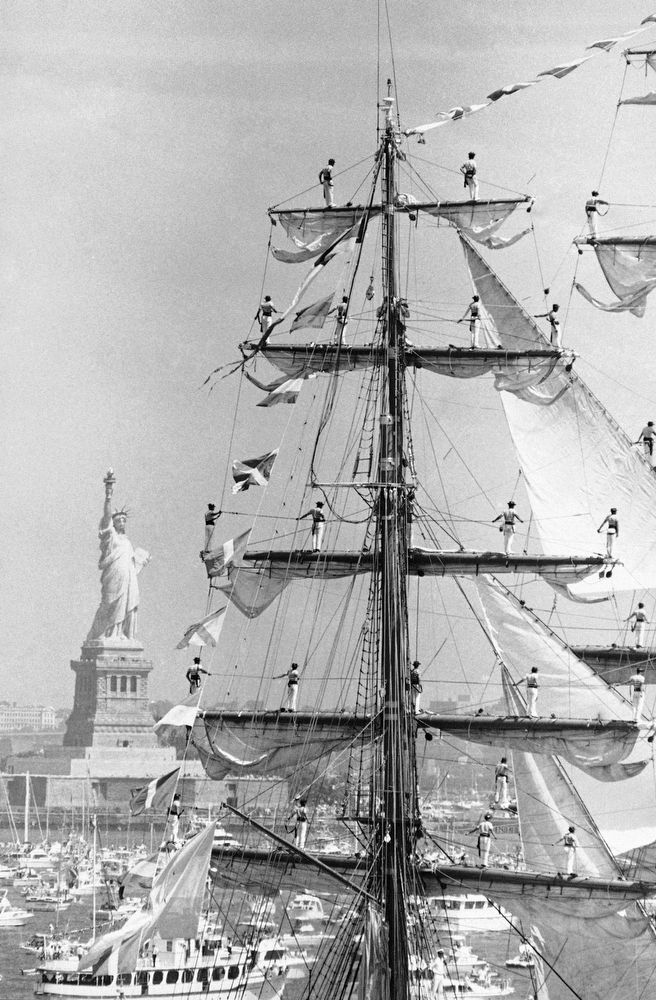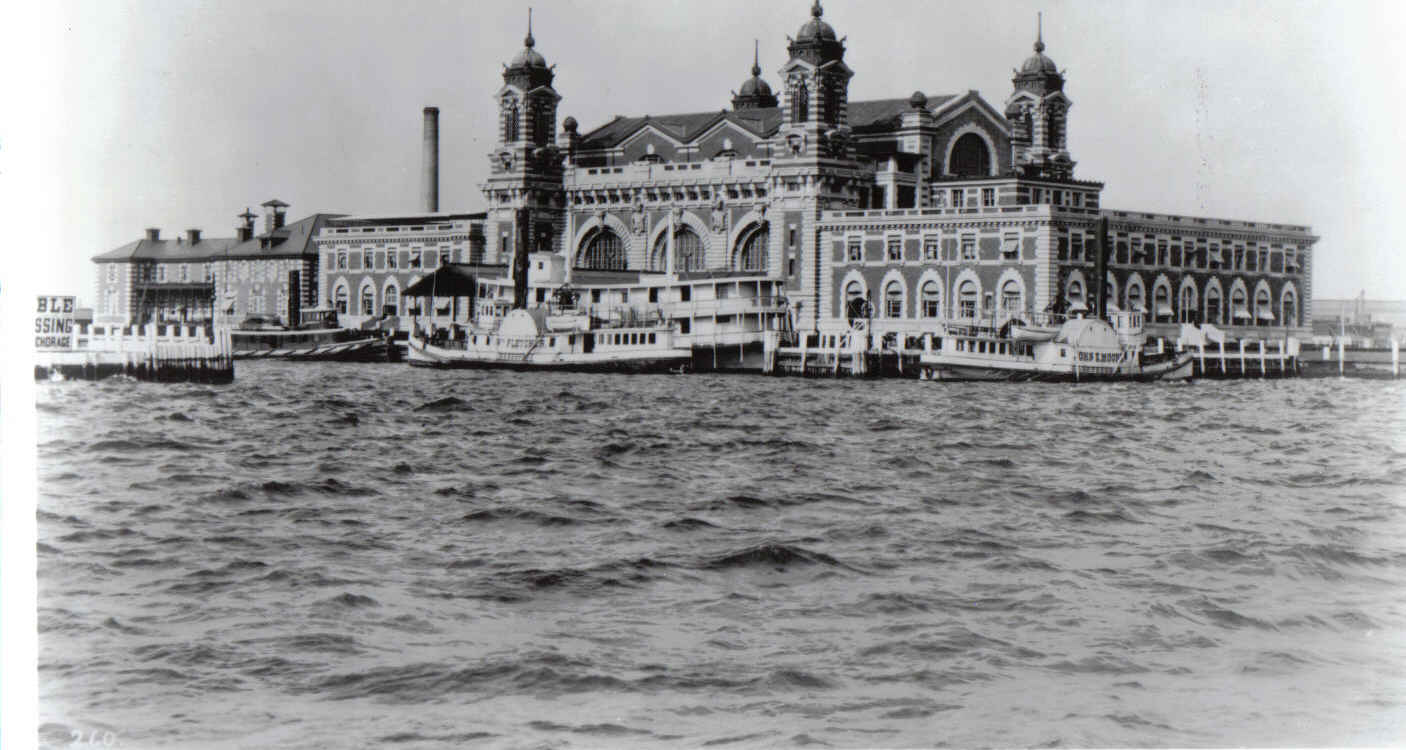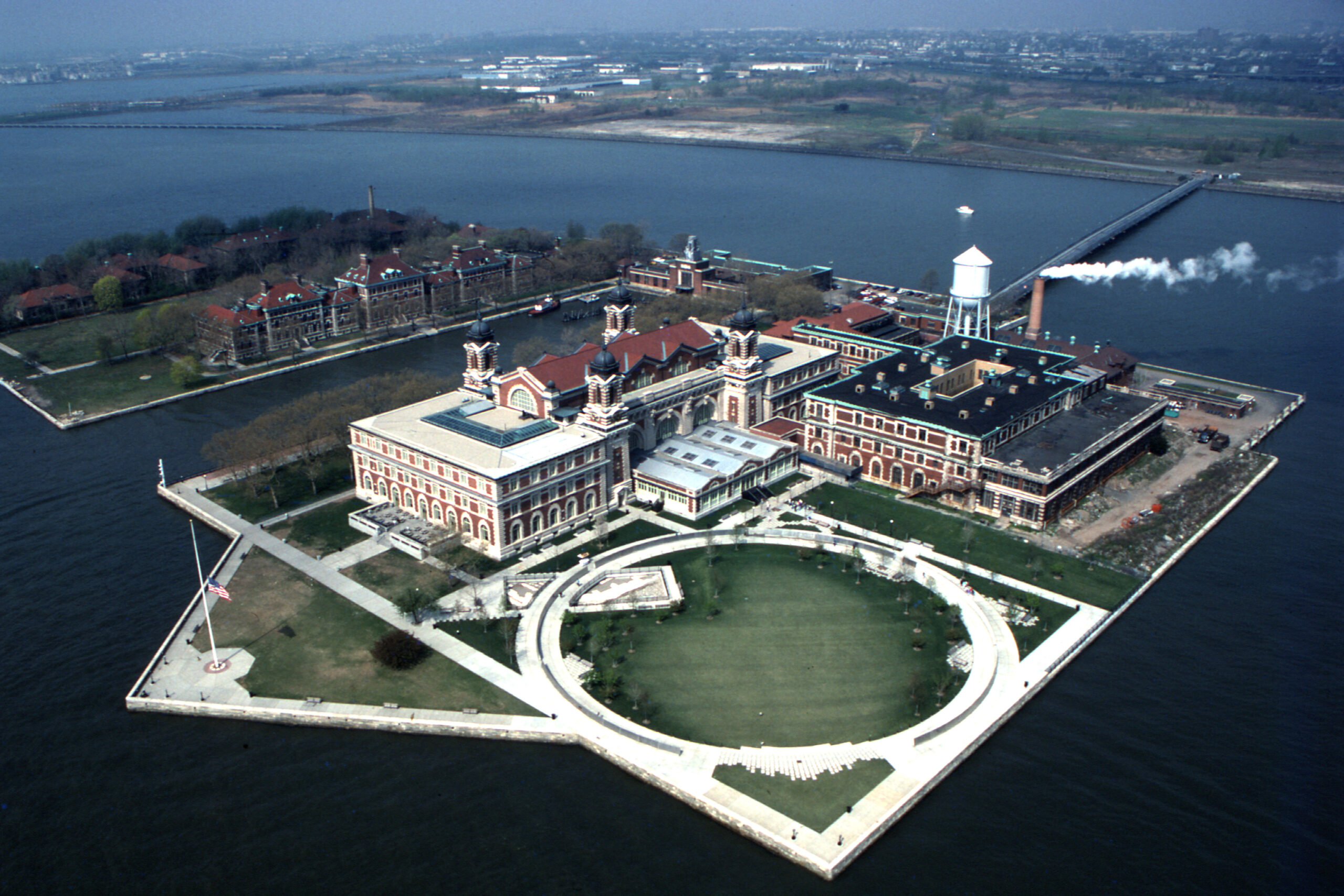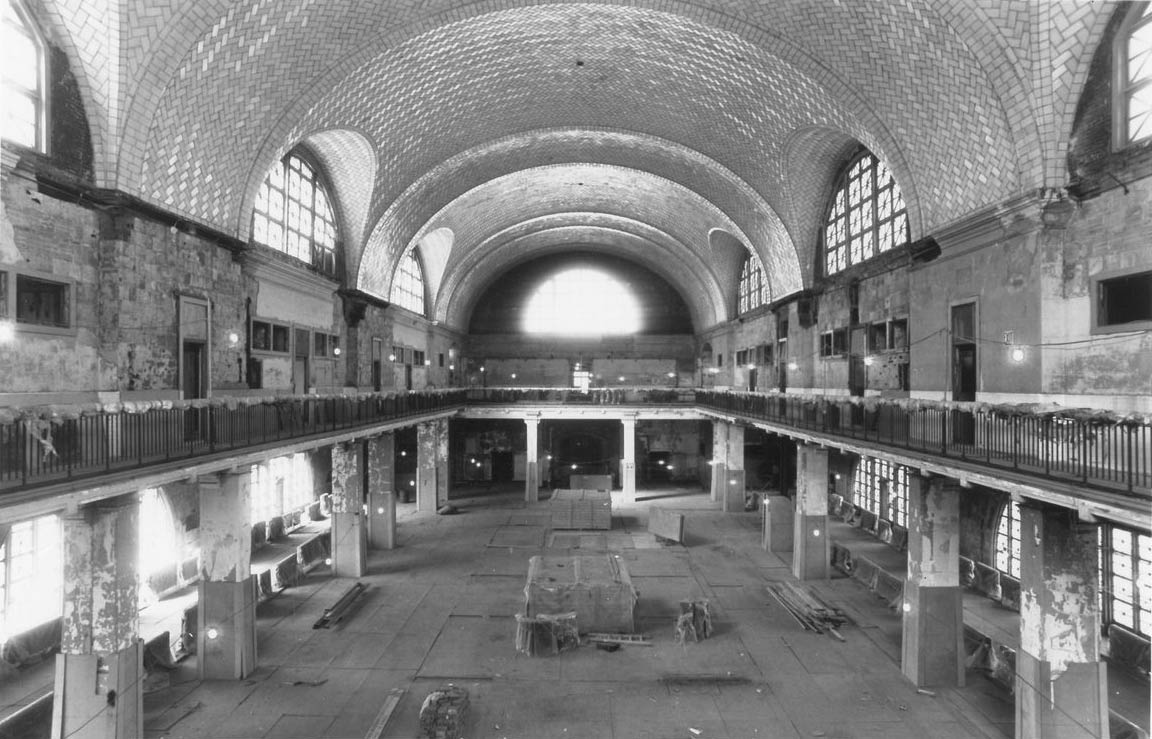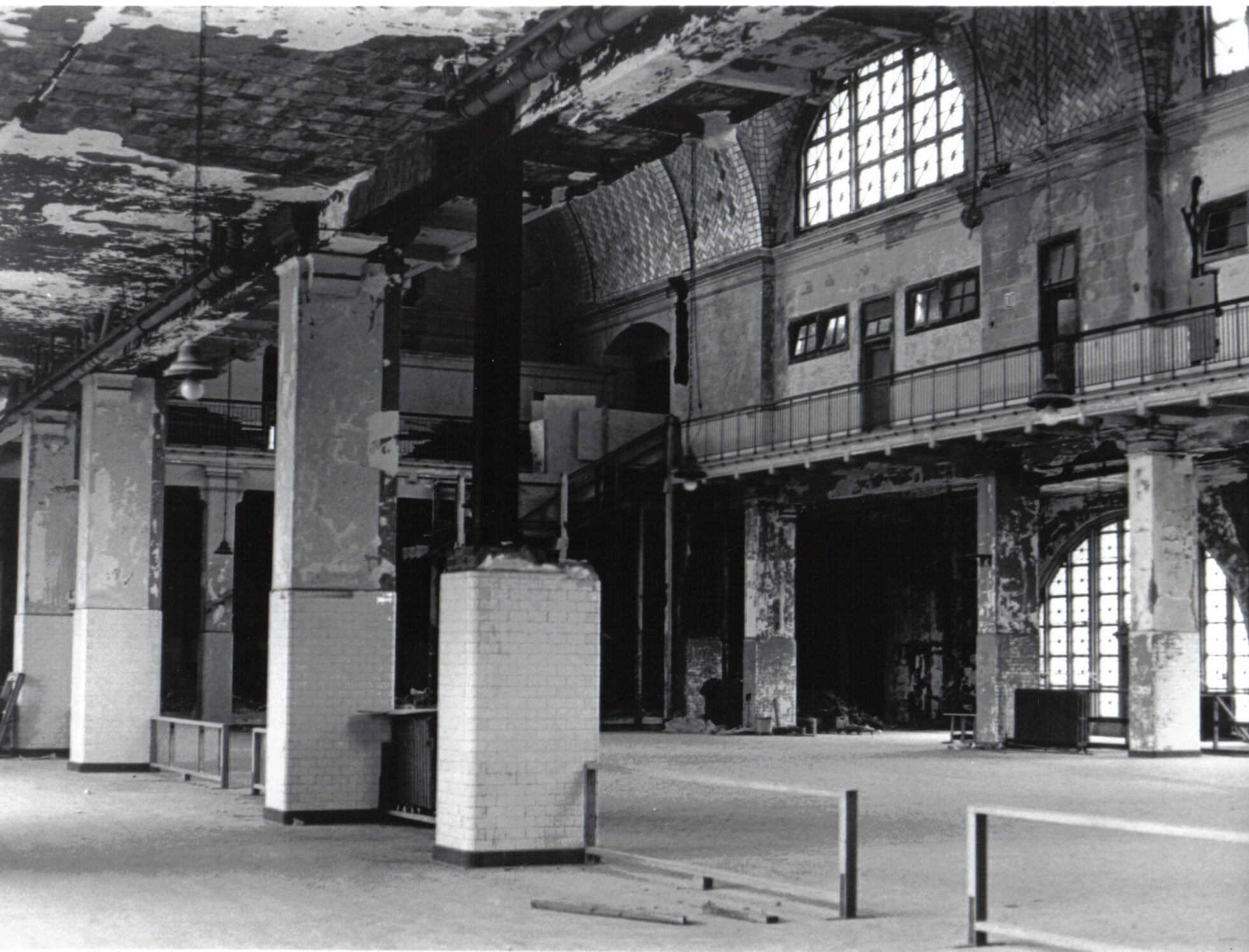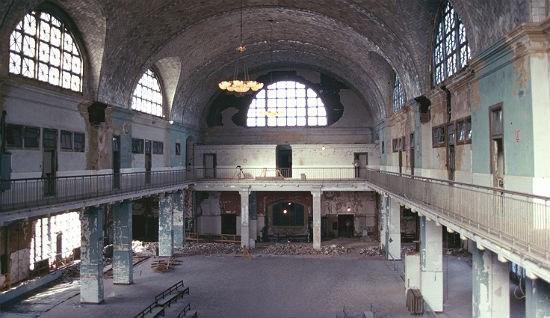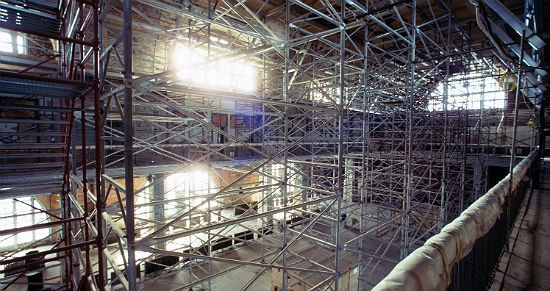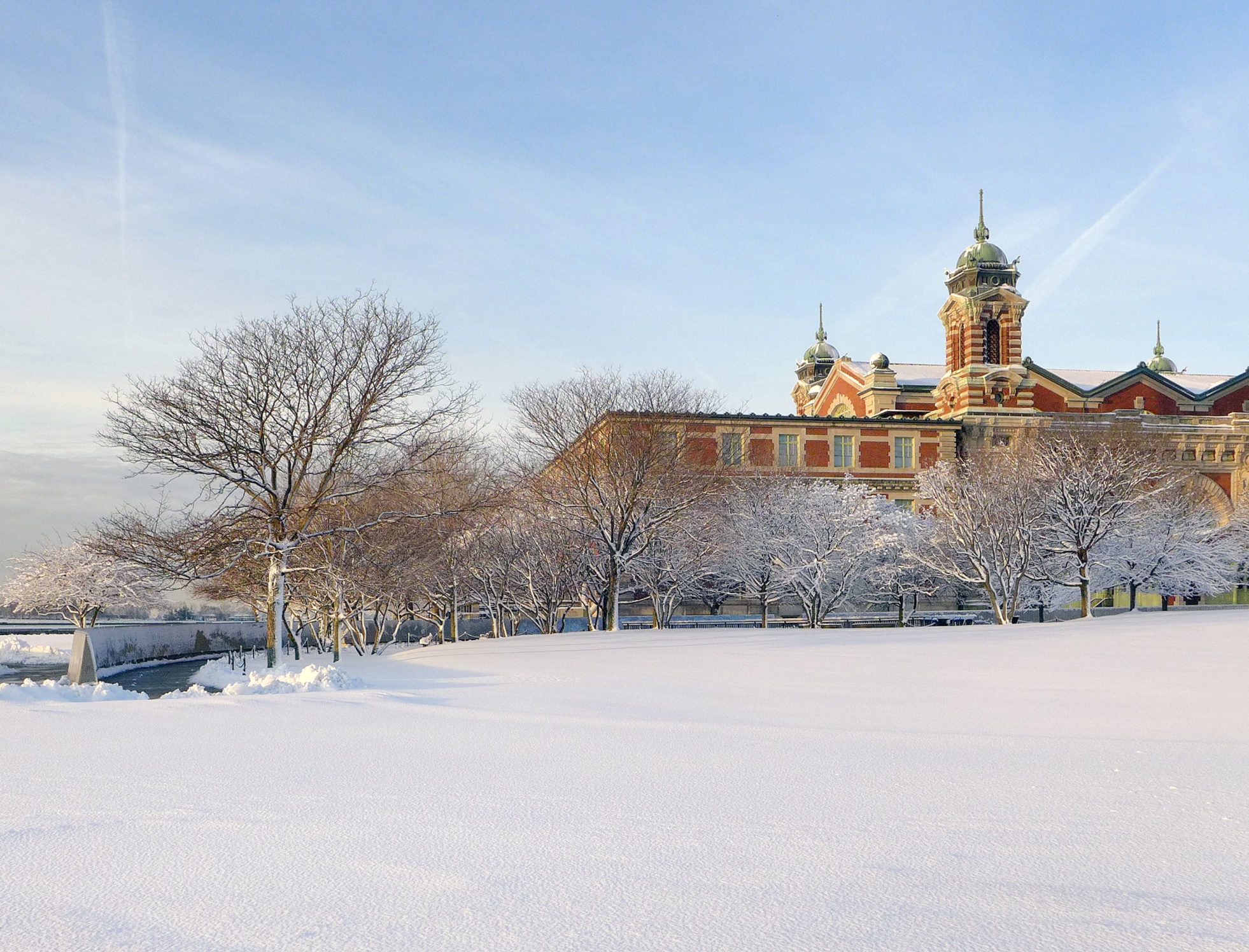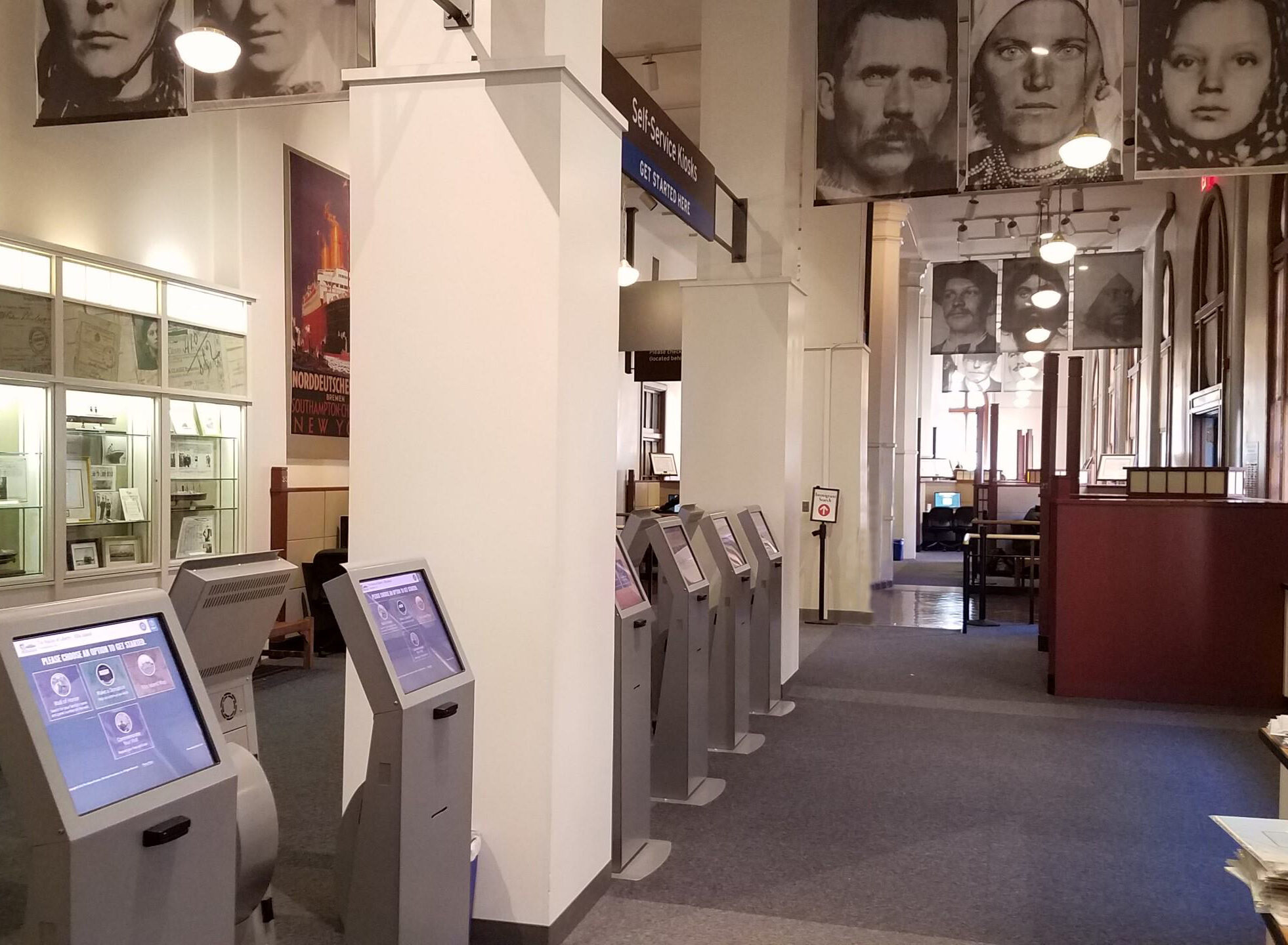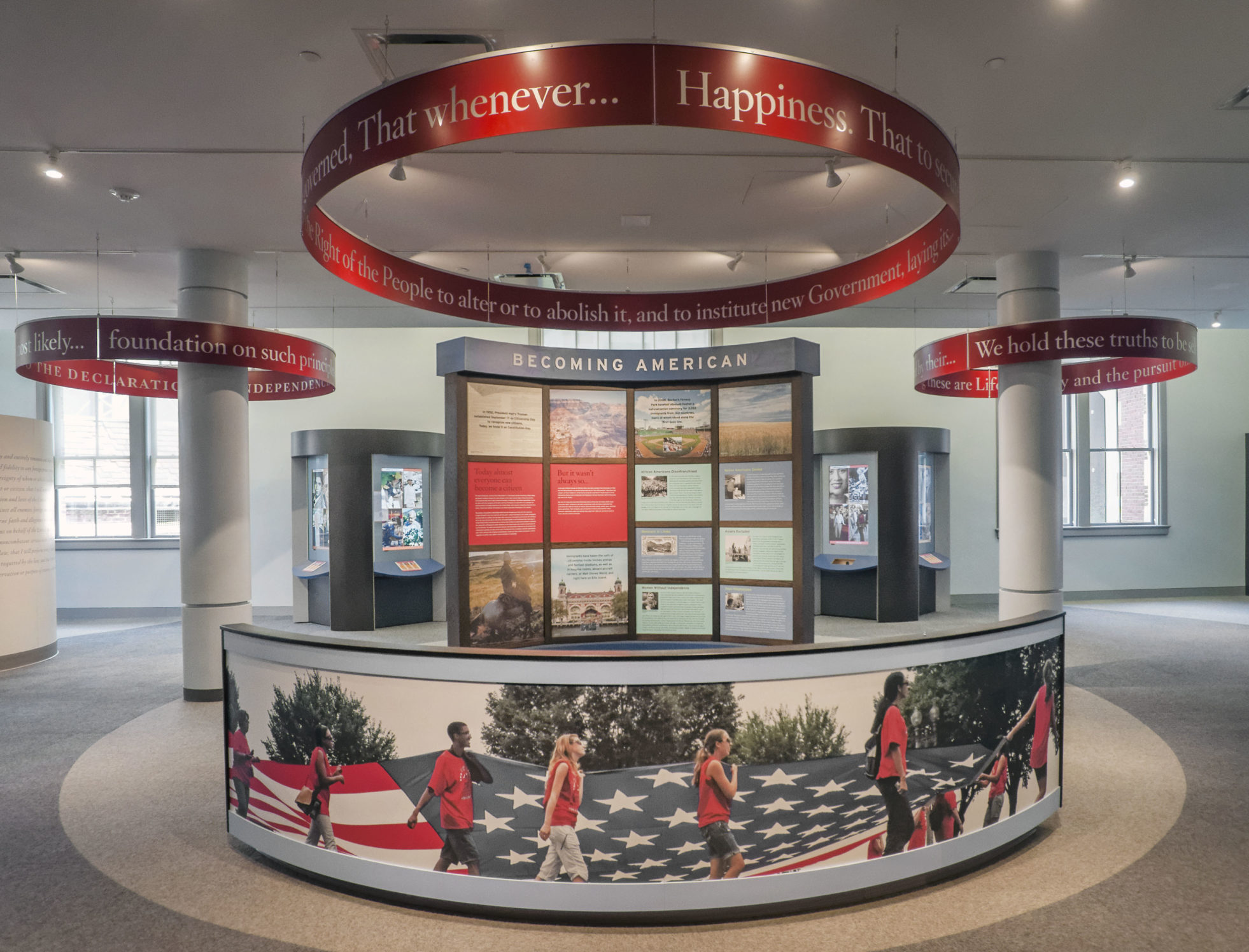The Statue of Liberty-Ellis Island Foundation
For Future Generations
In 1982, President Ronald Reagan asked Lee Iacocca, then Chairman of the Chrysler Corporation, to head a private-sector effort to raise funds for the restoration and preservation of the Statue of Liberty and Ellis Island for their respective centennials. The Statue of Liberty-Ellis Island Foundation (SOLEIF) was founded.
The Foundation’s fundraising drive sparked a dramatic response. The American people contributed hundreds of millions of dollars to the repair, restoration, and maintenance of these two great monuments to freedom. All funds for the Foundation’s projects have come from the public. No government funds have been used.

